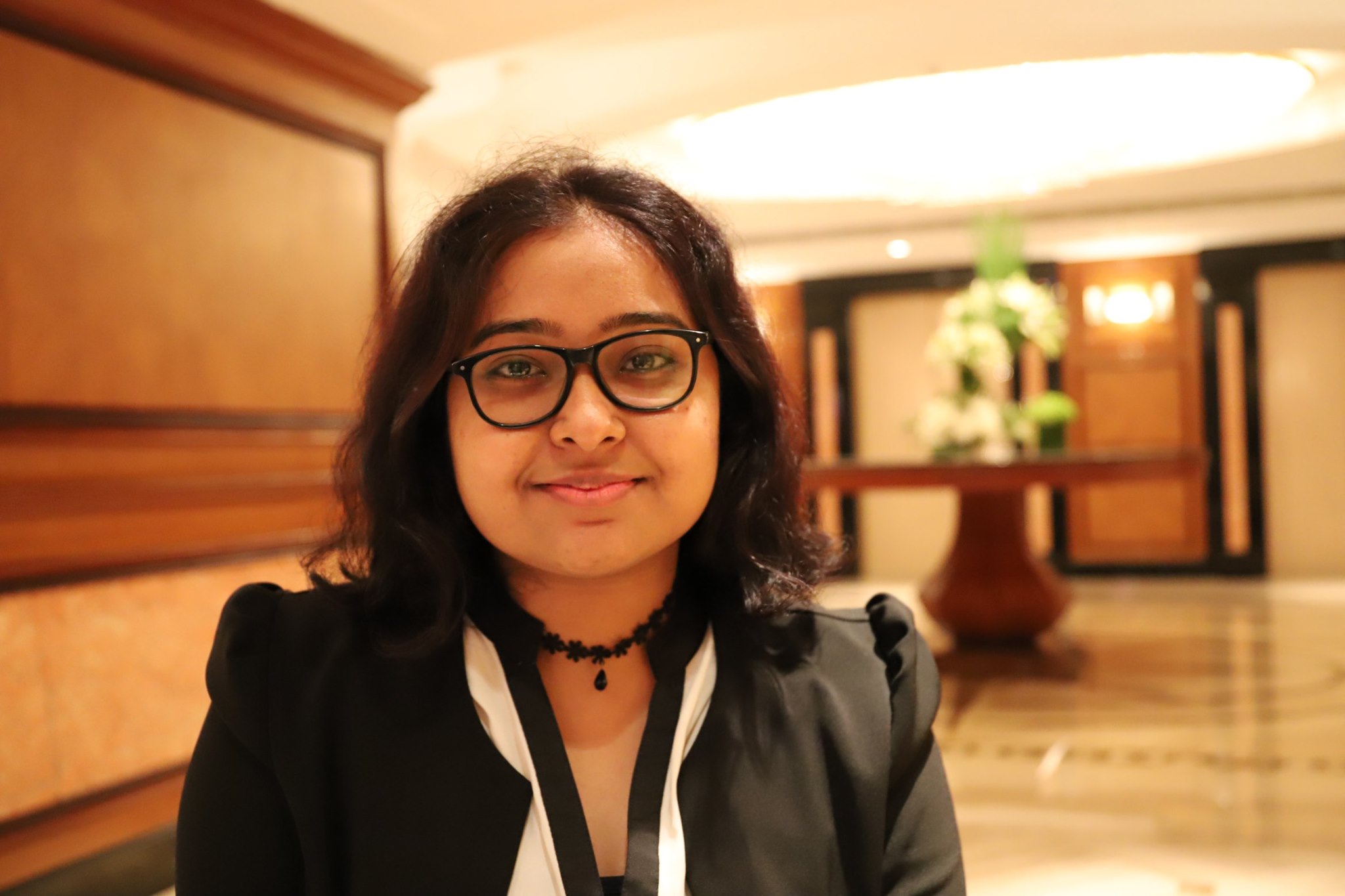‘Tis the season to get investing.
With all the rush of planning for a new financial year (or fixing the loose ends of the previous one), it’s time for banking financial services and insurance (BFSI) brands to buckle up.
Last year, the category spent 46% of its total advertising budget on digital, and this is only expected to grow. In fact, major insurance companies are aiming to transition from traditional campaigns to digital. But this need not be a bumpy ride.
Here’s what major BFSI brands are doing to lead their TV audiences onto the next stage of the buying funnel, converting them into real prospects.
Step 1: Pick the lowest hanging fruit
Establishing trust is a tricky yet necessary step in winning prospective customers, especially when it involves parting ways with hard earned money. This is why brands advertise widely and repeatedly.
People who have watched your ads a couple of times are most likely to remember your brand message. But the challenge is detecting viewers at their most optimum exposure, and reaching them exactly at this stage to effectively persuade them. A major credit information company used India’s leading media consumption platform to identify individuals who watched their TV ads more than 2 times. The result was 4x higher engagement compared to industry benchmarks, leading to direct queries for credit score.
Step 2: Claim your lost target audiences
After spending hugely on ATL advertising, brands can still miss out on engaging with their target audiences. For this, they need to identify those who missed their ads.
When Kotak Mahindra launched its banking app ‘Kotak 811’, they ran a huge campaign on TV, but this wasn’t enough to drive the message home. Using cross screen technology, the brand identified smartphone users who did not watch Kotak’s TV commercials, and sequentially targeted them with different ads around the apps many offerings. In less than three weeks, 2.1 million new individuals were exposed to Kotak 811 ads with 60%+ video completion rates, eventually leading to app installs.
Click here to read the complete case study.
Step 3: Win your competitor’s audiences over
What if you could reap the benefits of your competitor’s TV campaign?
A leading life insurance brand found a smart way to grab top-of-mind recall among their competitor’s audiences: they identified viewers of competitor TV commercials and immediately engaged with them on mobile. This way, they reached over 650,000+ unique users and drove quality traffic to their website, with maximum engagement coming from news viewing segment.
Interestingly, competitor audiences engaged with the video at video completion rates 33% higher than viewers of their own TV commercials. This way, brands can beat their competition with much more cost-effective strategies!
Step 4: Broaden the playfield with surrogate targeting
Going for the obvious is not enough. Besides reinforcing brand message among ad viewers or competition audiences, another tactical way to establish immediate brand connect is by engaging non-direct markets. This means reaching out to prospective customers based on their exposure to the same class of products.
A BFSI brand engaged viewers of premium category ads such as travel and tourism, resulting in more awareness among target groups.
(And most importantly) Step 5: Target the right demography
Finally, it’s all about finding the people who need your services.
It’s important to build a strategy for campaigns to reach the right age groups, professionals and geo-markets. Max Bupa did exactly this for the launch of their new health insurance portfolio ‘GoActive’ and generated 41% new prospects among TV commercial viewers, competitor audiences and non-direct markets! Using advanced user profiling technology, the brand used additional demographic filters which made all the difference:
They reached out to males and females aged 30 and above, residing in metropolitan cities. This way, the brand reached individuals who are in the prime of their careers and are most likely to afford insurance premiums given their urban status. The results of this highly refined targeting were fantastic:
(You can now access the complete case study here).
These are only some of the ways in which BFSI brands can tap into large TV markets, and extend engagement onto digital platforms. Write to us on marketing@zapr.in and find newer ways to generate prospects!




